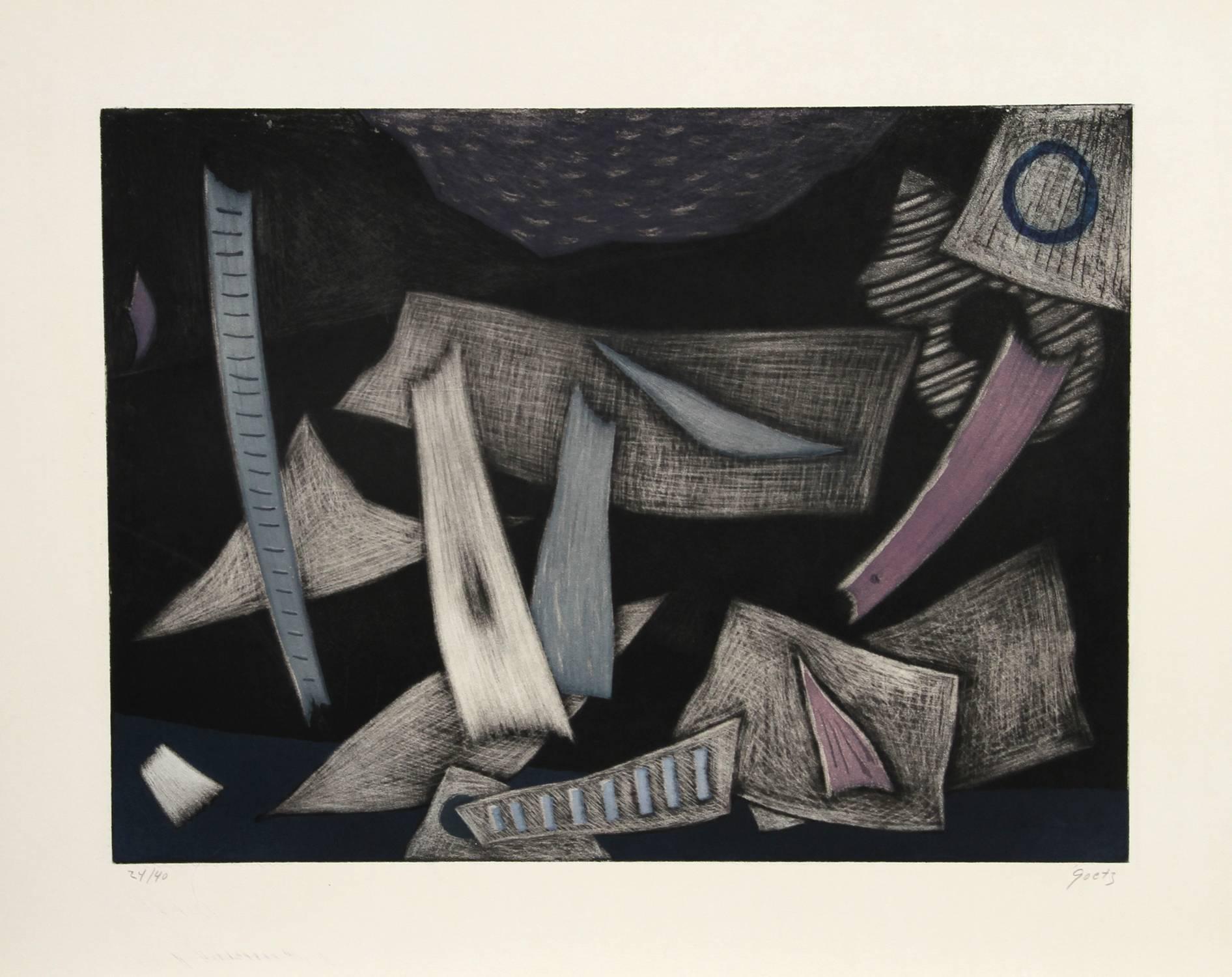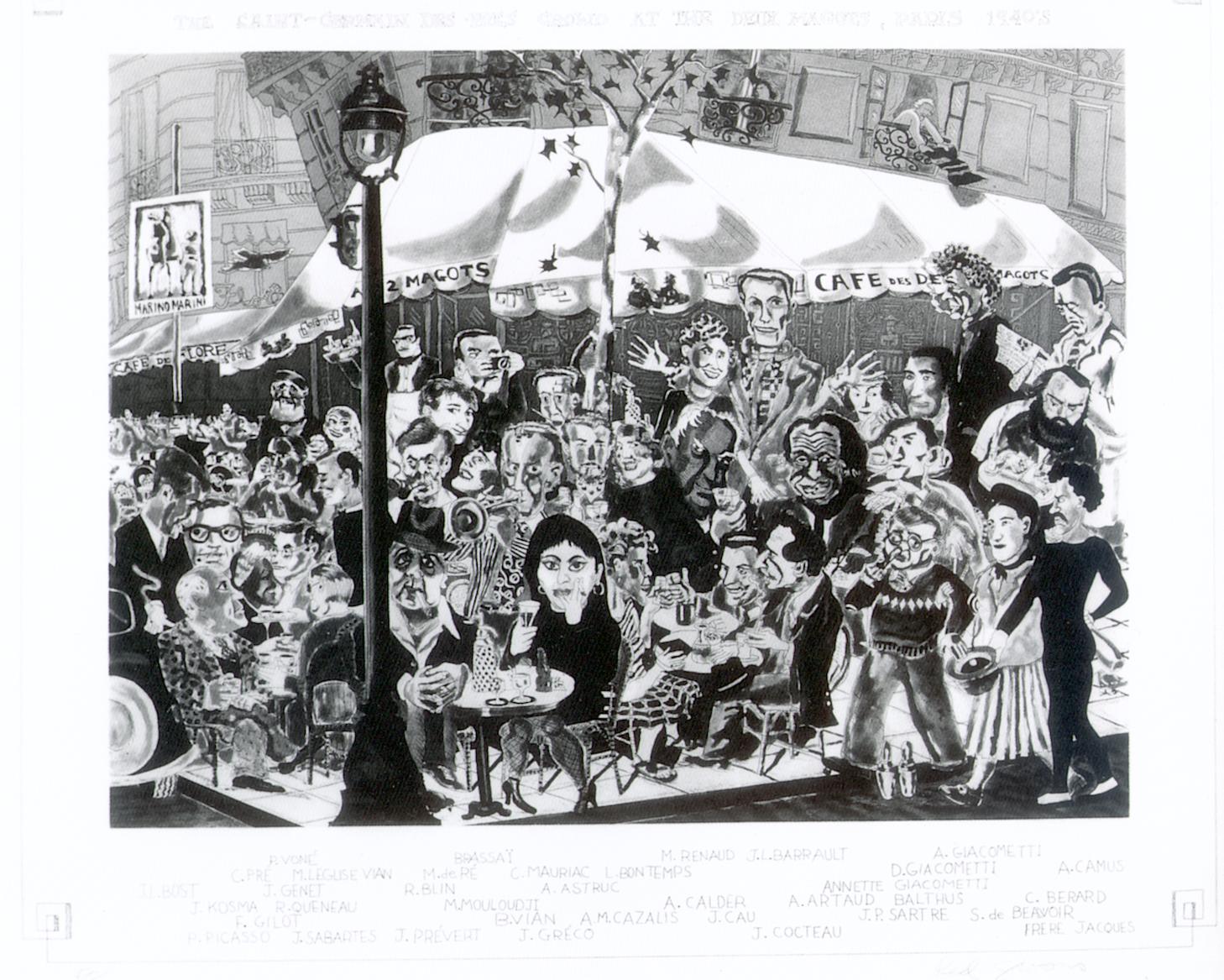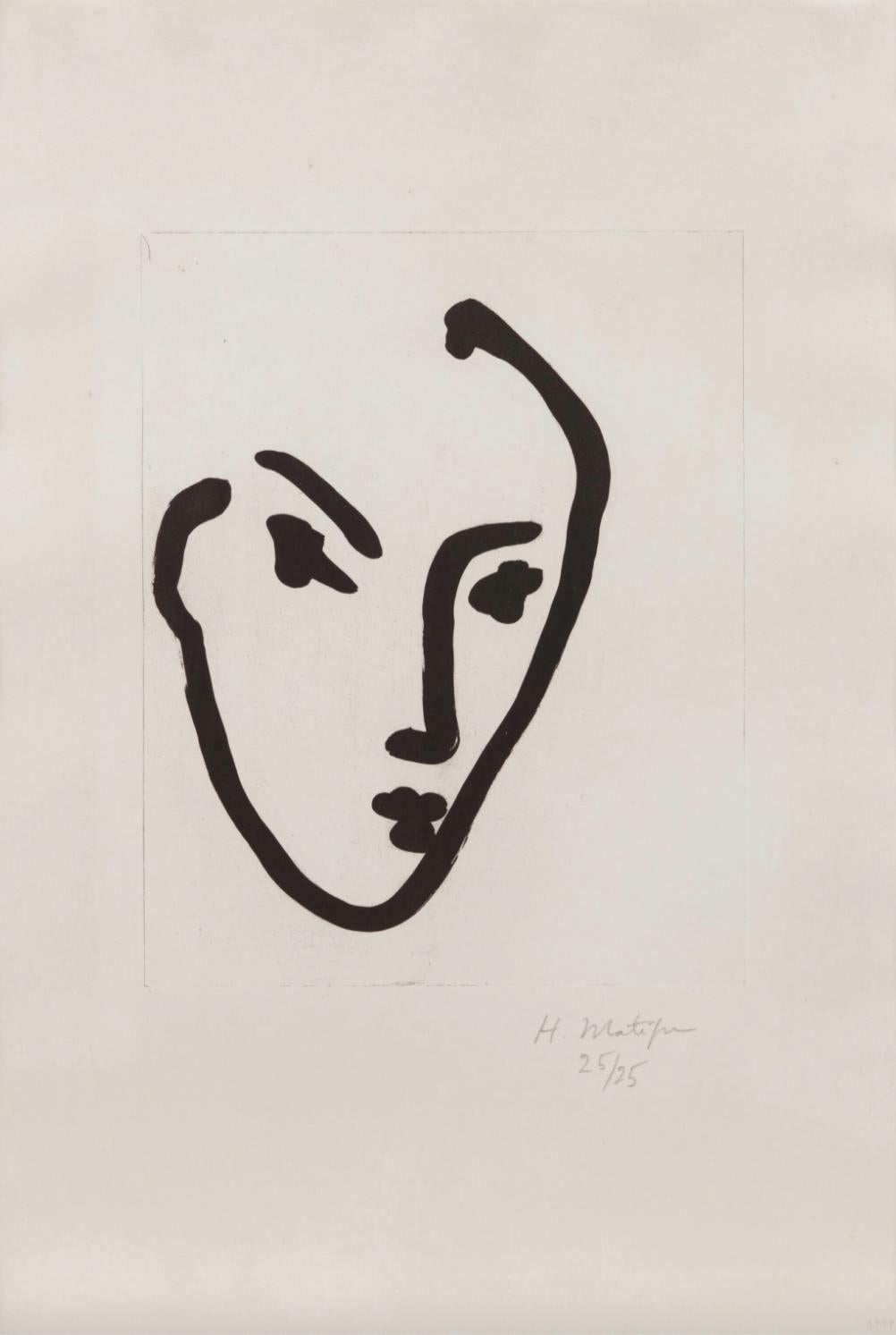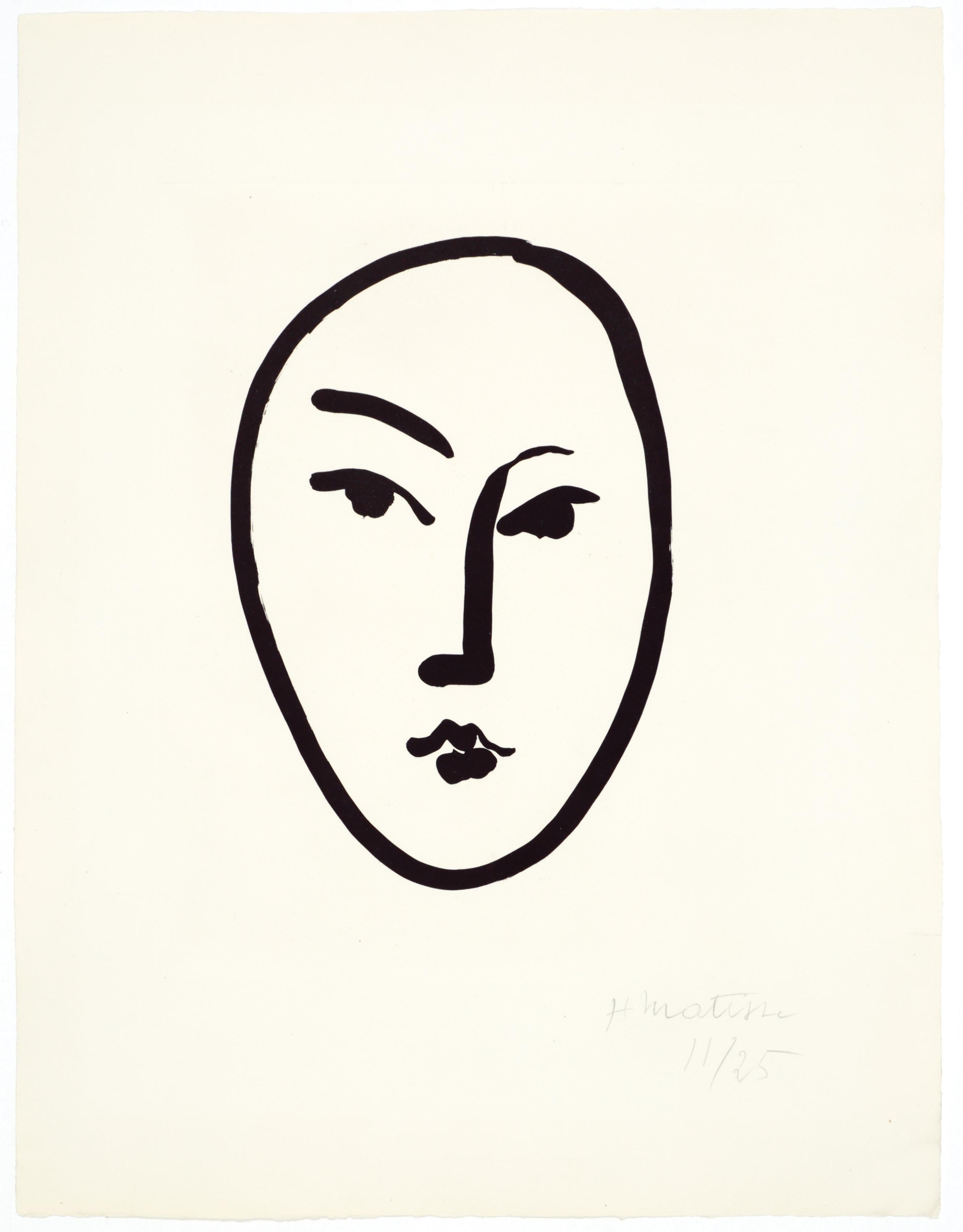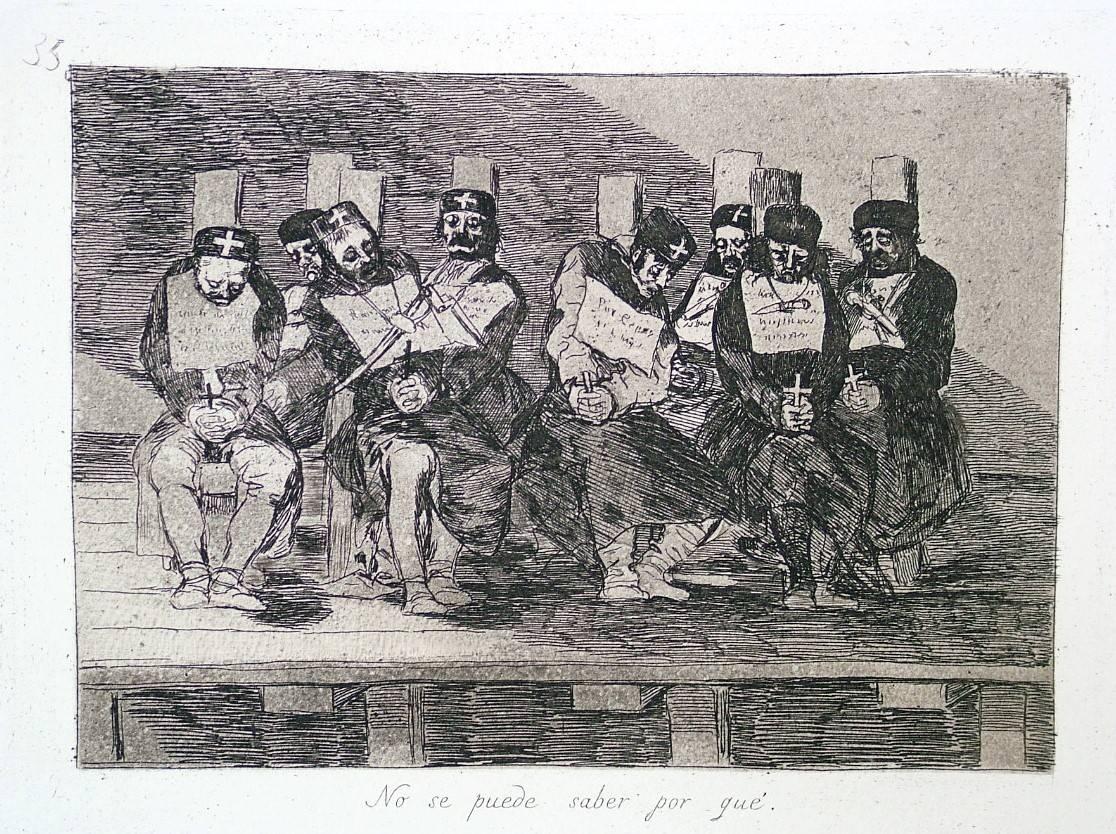Items Similar to MA Masters of Arts and Trinity College, Cambridge member engraving by John Agar
Want more images or videos?
Request additional images or videos from the seller
1 of 4
Rudolph AckermannMA Masters of Arts and Trinity College, Cambridge member engraving by John Agar1815
1815
About the Item
To see our other Oxford and Cambridge pictures, including an extensive collection of works by Ackermann, scroll down to "More from this Seller" and below it click on "See all from this Seller" - or send us a message if you cannot find the view you want.
John Samuel Agar (1773 - 1858) after John Uwins (1782 - 1857)
Pensioner of Trinity College, Cambridge, Masters of Arts, and Sizer (1815)
Hand-coloured aquatint
25 x 30 cm
Published by Rudolph Ackermann (1764 - 1834).
An engraving of a pensioner of Trinity College, Masters of Arts, and a sizer (that is, an undergraduate who received some form of assistance such as meals, lower fees or lodging during his period of study, in some cases in return for doing a defined job) from Ackermann's 'A History of the University of Cambridge, Its Colleges, Halls and Public Buildings'. The four figures walk forward with ceremonial accoutrements, possibly to a graduation ceremony.
At Cambridge, a sizar was originally an undergraduate student who financed his studies by undertaking more or less menial tasks within his college but, as time went on, was increasingly likely to receive small grants from the college. Certain colleges, including St John's and Trinity, distinguished between two categories of sizar: there were specific endowments for specific numbers of sizars who were called "proper sizars"; those who were not so endowed, but who were maintained by fellow-commoners and fellows were called subsizars. Isaac Newton matriculated as subsizar at Trinity College. Richard S. Westfall noted that sizars were considerably more successful in gaining degrees than the gentlemen who entered Cambridge in the seventeenth century. Pensioners, on the other hand, paid a fixed annual fee in order to study.
Thomas Uwins RA RWS was a British painter in watercolour and oil, and a book illustrator. He became a full member of the Old Watercolour Society and a Royal Academician, and held a number of high-profile art appointments including the librarian of the Royal Academy, Surveyor of Pictures to Queen Victoria and the Keeper of the National Gallery. In the late 1790s he began producing work for Ackermann's collections.
John Samuel Agar was an English portrait painter and engraver, who exhibited his works at the Royal Academy from 1796 to 1806 and at the British Institution until 1811. He was at one time president of the Society of Engravers. Rudolph Ackermann published many of his engravings.
Ackermann was an Anglo-German bookseller, inventor, lithographer, publisher and businessman. He attended the Latin school in Stollberg, but his wish to study at the university was made impossible by lack of financial means, and he therefore became a saddler like his father.
He worked as a saddler and coach-builder in different German cities, moved from Dresden to Basel and Paris, and then, 23 years old, settled in London. He established himself in Long Acre, the centre of coach-making in London and close to the market at Covent Garden.
Ackermann then moved to Little Russell Street where he published Imitations of Drawings of Fashionable Carriages (1791) to promote his coach-making. Other publications followed. In 1795 he established a print-shop and drawing-school at 96 Strand. Here Ackermann set up a lithographic press and began a trade in prints. He later began to manufacture colours and thick carton paper for landscape and miniature painters. Within three years the premises had become too small and he moved to 101 Strand, in his own words "four doors nearer to Somerset House", the seat of the Royal Academy of Arts.
Between 1797 and 1800 Ackermann rapidly developed his print and book publishing business, encompassing many different genres including topography, caricature, portraits, transparencies and decorative prints.
During the Napoleonic wars, Ackermann was an energetic supporter of the Allied cause and made significant contributions to British propaganda through his publication of anti-Napoleonic prints and military manuals. He became a naturalised British citizen in March 1809.
As one of the pioneers of modern publishing methods, Ackermann developed an international distribution network for his publications and came to have significant commercial interests in South America. The business he founded in London flourished throughout the 19th century under the management of his descendants. He was buried at St. Clement Danes in the Strand, London.
In 2020, the St. Louis Mercantile Library wrote that:
"Ackermann excelled in the creation of landscape and architectural engravings. He created beautiful illustrations of the city of London, his adopted home, as well as two volumes of classic views of Westminster Abbey, along with exquisite views of river scenes. One of our favorite collections are four massive volumes of lovingly illustrated exterior and interior landmarks of Oxford and Cambridge Universities created just over two hundred years ago. These publications show Ackermann’s hand at every turn of the page along with the team of assistant designers and engravers he employed to create these works. Perhaps they were a way by which the artist could lay to rest his own regret at not being able to attend [an Oxbridge] college himself in a fondly depicted idyll to learning which these prints so aptly represent."
- Creator:Rudolph Ackermann (1764 - 1834)
- Creation Year:1815
- Dimensions:Height: 9.85 in (25 cm)Width: 11.82 in (30 cm)
- Medium:
- Period:
- Framing:Framing Options Available
- Condition:Good. Some gentle age toning.
- Gallery Location:London, GB
- Reference Number:1stDibs: LU795311496292
About the Seller
4.8
Platinum Seller
These expertly vetted sellers are 1stDibs' most experienced sellers and are rated highest by our customers.
Established in 2014
1stDibs seller since 2017
282 sales on 1stDibs
Typical response time: <1 hour
- ShippingRetrieving quote...Ships From: London, United Kingdom
- Return PolicyA return for this item may be initiated within 14 days of delivery.
More From This SellerView All
- The Merry Beaglers engraving by John Harris after Harry Hall's 1845 paintingBy John Harris the YoungerLocated in London, GBJohn Harris after Harry Hall The Merry Beaglers c. 1845 48x65cm Aquatint with hand colouring The most famous beagling print there is, after the 1845 pa...Category
1840s Victorian Landscape Prints
MaterialsAquatint
- Samuel Howitt: 'Battle between Buffalo and Tiger' print after Thomas WilliamsonBy Thomas WilliamsonLocated in London, GBSamuel Howitt (1765-1822) after Thomas Williamson (1758-1817) Exhibition of a Battle between a Buffalo & a Tiger' from Oriental Field Sports (1819) Hand-coloured aquatint 35 x 47 cm Captain Thomas...Category
Early 19th Century Realist Animal Prints
MaterialsAquatint
- Julian Trevelyan Gravesend Etching Modern British Art London Print UK ThamesBy Julian TrevelyanLocated in London, GBWe have seven of Julian Trevelyan's 'Thames Suite' of prints, plus other prints and oil paintings by him - and other Modern British Artists. To see the others, scroll down to "More f...Category
1960s Modern Figurative Prints
MaterialsAquatint, Etching
- Louise Ibels: Castle Ruins - Etching and AquatintBy Louise IbelsLocated in London, GBTo see our other prints and architectural views, scroll down to "More from this Seller" and below it click on "See all from this Seller." Louise Ibels (1891-1965) Castle Ruins...Category
Mid-20th Century Modern Landscape Prints
MaterialsAquatint, Etching
- The Merry Beaglers restrike aquatint by John Harris after Harry HallBy John Harris the YoungerLocated in London, GBJohn Harris after Harry Hall The Merry Beaglers Restrike print - c. mid twentieth century 48x65cm Aquatint with hand colouring The most famous beagling...Category
Mid-20th Century Victorian Landscape Prints
MaterialsAquatint
- Andrew Ingamells (b.1956), Jesus College Cambridge engraving after David LogganBy Andrew IngamellsLocated in London, GBTo see our other views of Oxford and Cambridge, scroll down to "More from this Seller" and below it click on "See all from this Seller" - or send us a message if you cannot find the view you want. Andrew Ingamells Jesus College, Cambridge Etching and aquatint 58 x 84 cm Signed in pencil and numbered from the edition of 150. Inspired by David Loggan’s celebrated engraving of the College in 1680, this view of Jesus College was the first of Ingamells’ series of views of Oxford and Cambridge. It took six months to complete and has long-since sold out from the publisher. The Master and Fellows of the College own both the original drawing, which the engraving is based upon, and the copper etching plate...Category
21st Century and Contemporary Realist Landscape Prints
MaterialsAquatint, Etching
You May Also Like
- untitled, Abstract Etching by Henri GoetzBy Henri GoetzLocated in Long Island City, NYArtist: Henri Goetz, French/American (1909 - 1989) Title: Untitled I Medium: Aquatint Etching, Signed and numbered in pencil Edition: 24/40 Image Size: 13.5 x 18.5 inches Size: 20.5 ...Category
1970s Abstract Abstract Prints
MaterialsEtching, Aquatint
- Les Deux MagotsBy Red GroomsLocated in New York, NYRed Grooms Les Deux Magots, 1985 etching and aquatint, ed. of 90 26 1/4 x 31 3/8 in. (66.7 x 79.9 cm)Category
1980s Contemporary Portrait Prints
MaterialsAquatint, Etching
- Nadia au regard attentifBy Henri MatisseLocated in London, GBAquatint on Marais wove paper Edition of 25 Signed and numbered 25/25 in pencil lower right Duthuit 794Category
Mid-20th Century Modern Prints and Multiples
MaterialsAquatint
- Grande masqueBy Henri MatisseLocated in London, GBHenri Matisse Grande Masque 1948 Aquatint on Marais paper, signed in pencil and numbered 11/25, there were also 5 artist’s proofs. Signed, dedicated "à Nadia Sednaoui" and inscribed ...Category
1940s Modern Portrait Prints
MaterialsAquatint
- One Can't Tell Why - Proof from the Disasters of WarBy Francisco GoyaLocated in New York, NYFrancisco José de Goya y Lucientes (1746 Fuendetodos – Bordeaux 1828), No se puede saber por qué – One can’t tell why ca. 1808–1814, etching, burnished aquatint, drypoint, an...Category
1810s Old Masters Figurative Prints
MaterialsDrypoint, Etching, Aquatint
- COUPLE DE PAYSANSBy Camille PissarroLocated in Portland, MEPissarro, Camille. COUPLE DE PAYSANS. D.125. Etching and aquatint on laid paper. Unsigned. From the posthumous edition of 10 printed in 1923. 4 3/4 x 3 1/8 inches, 118 x 78 mm. (plat...Category
1920s Figurative Prints
MaterialsAquatint, Etching
Recently Viewed
View AllMore Ways To Browse
Old Masters Prints And Drawings
German Old Masters
Antique Print Shops
Antique Shop Print
Antique Print Shop
The Antique Print Shop
Classic Engraving
Antique Long Johns
St John Set
House And Garden Book Of
Set Of Four Engravings
19th Architecture Engraving
Antique Print Press
Multiple Strands
Antique Shop London
Antique Shops London
Antique Shopping London
Paris Street Scenes Prints
